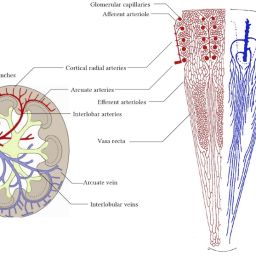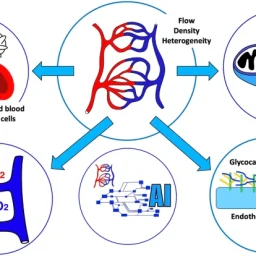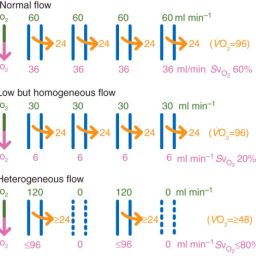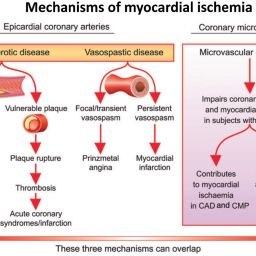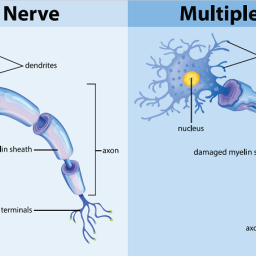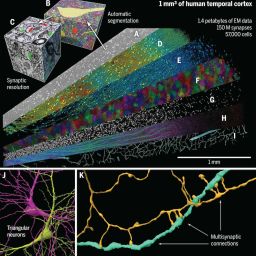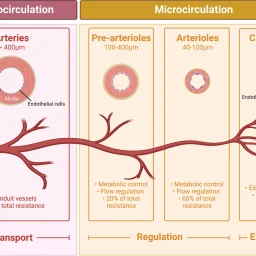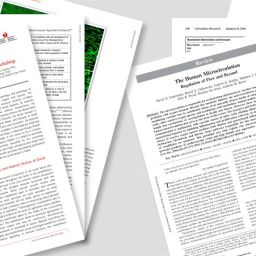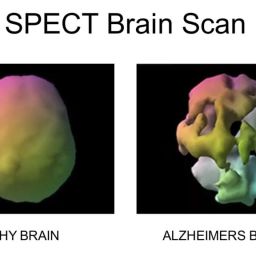
Articles and Publications on the Importance of Microcirculation
To explore key articles on microcirculation, refer to the following sources:
- The paper “Microcirculation: Physiology, Pathophysiology, and Clinical Application” reviews microcirculation components, tissue oxygen transport, and circulatory compromise in shock and renal conditions. https://www.ncbi.nlm.nih.gov/pmc/articles/PMC7114900/
- An article highlights microcirculation in clinical practice, showing chronic angina patients are at increased risk due to microvascular dysfunction. https://academic.oup.com/eurheartjsupp/article/21/Supplement_B/B25/5422922
- Another source emphasizes standardized microcirculatory monitoring for critically ill patients, guiding therapies and improving outcomes in conditions such as sepsis. https://www.ncbi.nlm.nih.gov/pmc/articles/PMC3471451/
- A review underscores the need for bedside microcirculation monitoring to optimize organ perfusion and oxygenation. https://ccforum.biomedcentral.com/articles/10.1186/s13054-023-04474-x
- An article from AHA Journals explains how microcirculation adjusts vascular tone to match tissue perfusion with oxygen demand. https://www.ahajournals.org/doi/10.1161/CIRCRESAHA.115.305364
The Human Microcirculation
David D. Gutterman, Dawid S. Chabowski, Andrew O. Kadlec, Matthew J. Durand, Julie K. Freed, Karima Ait-Aissa and Andreas M. Beyer
Published: 8 Jan 2016 – https://doi.org/10.1161/CIRCRESAHA.115.305364 Circulation Research. 2016;118:157–172

This study explores microcirculation’s role in predicting cardiovascular events. Microvascular dysfunction often precedes atherosclerosis. Women with angina but normal arteries show higher microvascular disease. Dysfunction is also linked to obstructive sleep apnea, hypertrophic cardiomyopathy, and systemic lupus erythematosus. Noninvasive techniques now allow safer assessment.
Read the full study: https://www.ahajournals.org/doi/10.1161/CIRCRESAHA.115.305364

